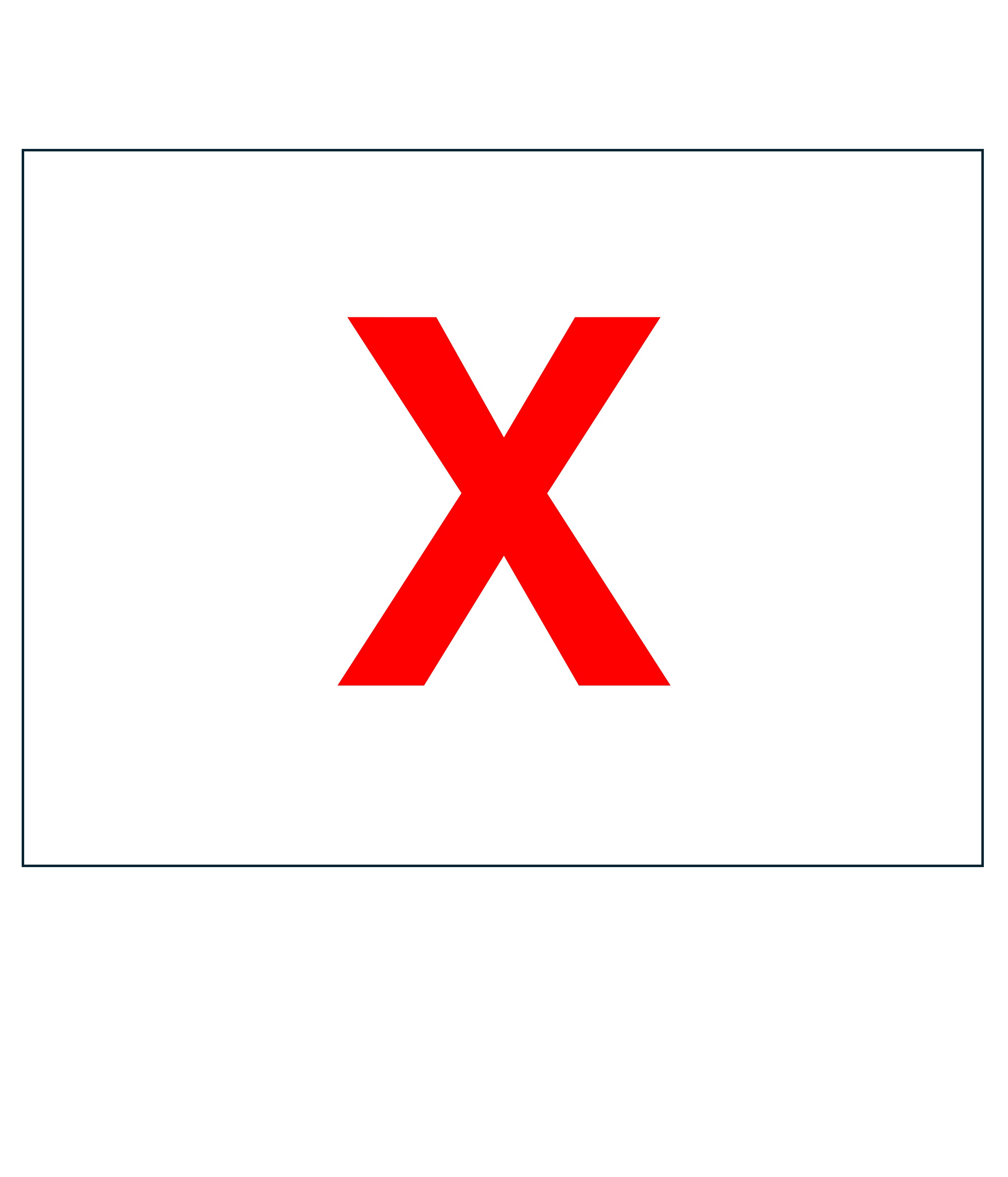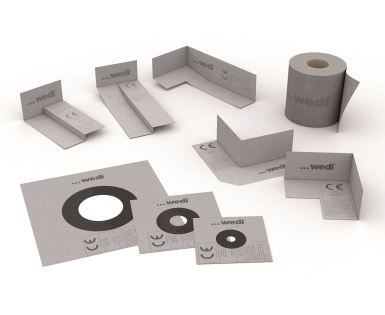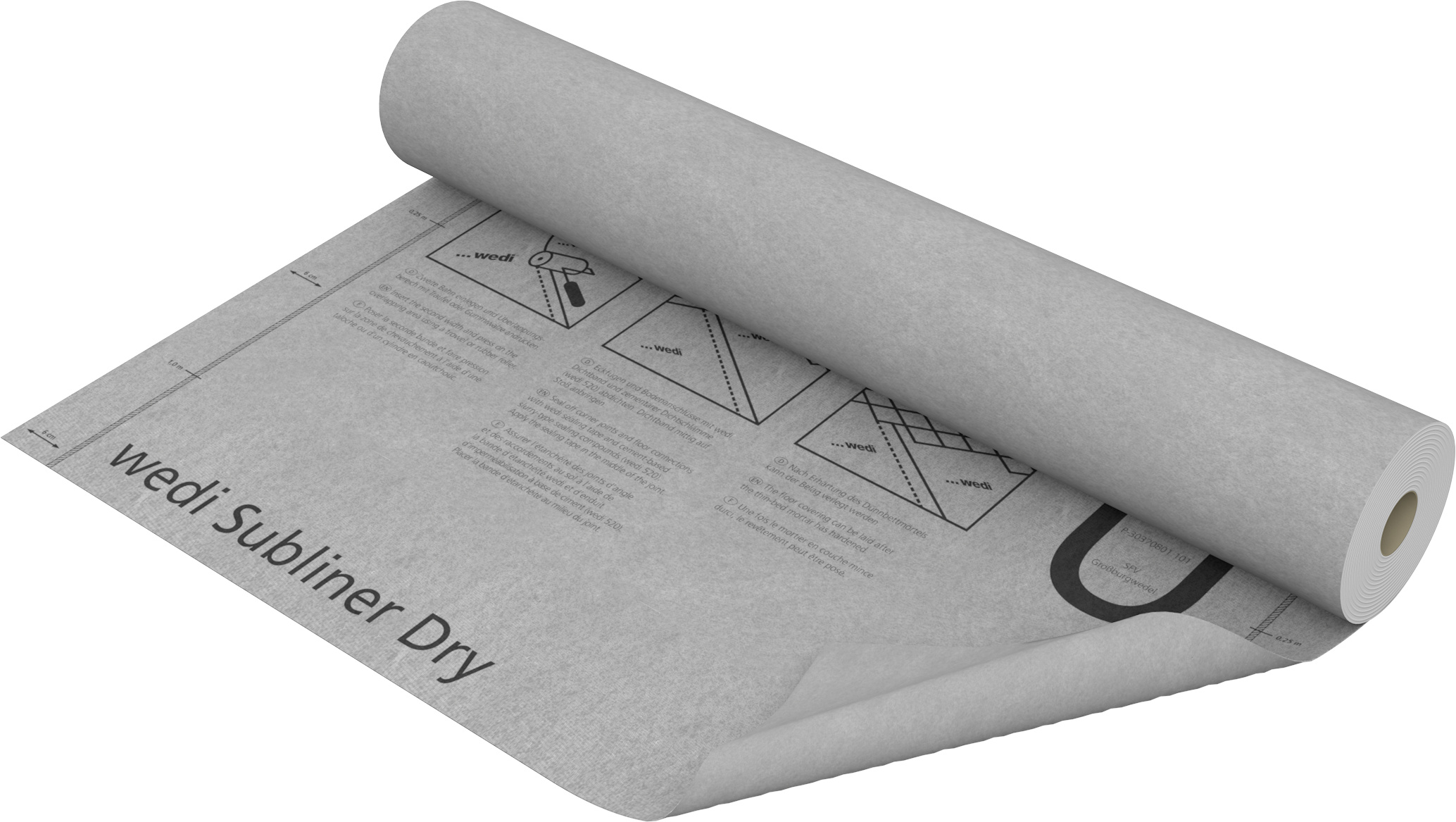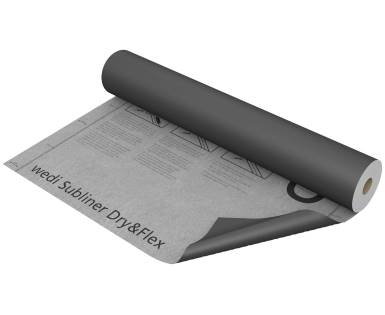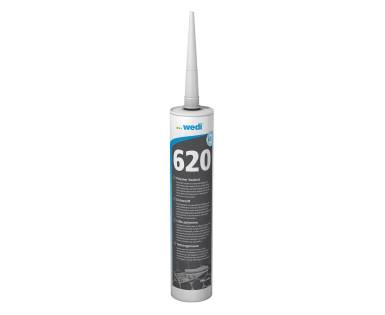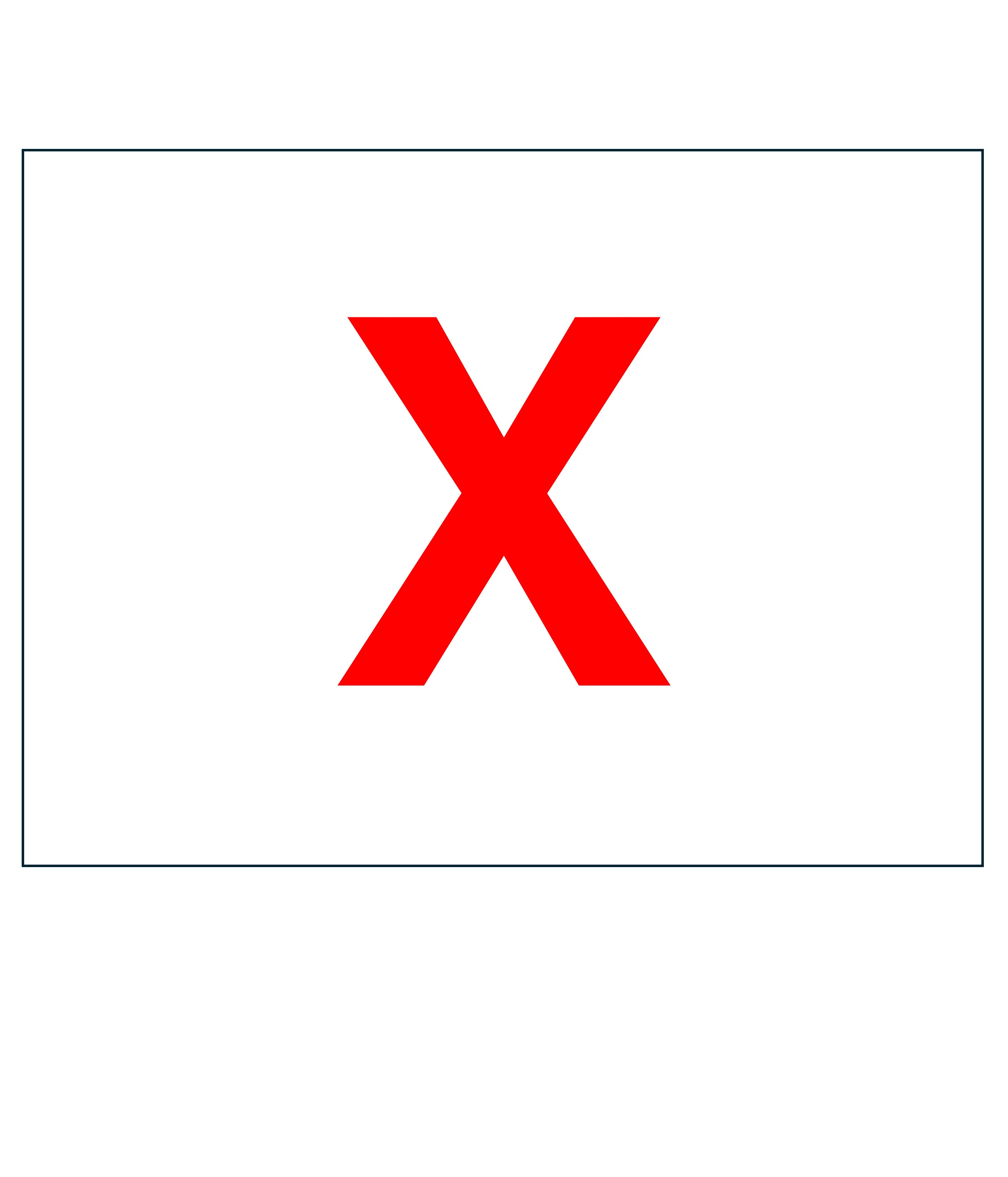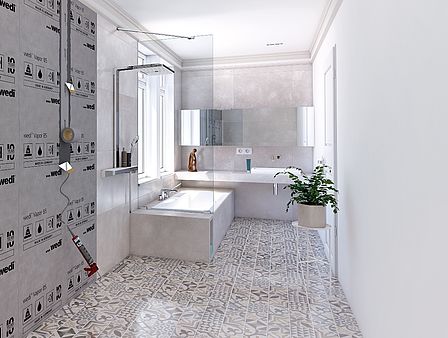wedi 620 – Sealant
„Bond and seal in one step.“
Product information
Its versatility makes it suitable for one-step bonding and sealing the joints of:
- wedi Subliner sealing membranes
- wedi Vapor 85 building boards with vapour membrane barrier applied in the factory
Technical properties of wedi 620 sealant
| Basic raw material | silane-modified-polymer (SMP) |
| Colour | anthracite |
| Hardening system | through air humidity |
| Density | ca. 1,45 g/ml |
| Solvent content | 0 % |
| Isocyanate content | 0 % |
| Drying agent content | approx. 100 %. |
| Elongation at break | approx. 250 % |
| Skin formation | after approx. 15 minutes |
| Through-hardening (+23 °C / 50% RH) | approx. 3 mm per 24 hours |
| Permissible total movement | approx. 20 % |
| Processing temperature | do not use below +5 °C |
| Temperature resistance | -40 °C to +100 °C up to 180°C for a short time (max. 30 minutes) |
| Frost stability | not frost-sensitive |
| Consumption | |
| Approx. 1,5 kg/m² per mm of thickness | |
| Approx. 70 ml/metre for bonding sealing membranes with a 6 cm overlap | |
| Approx. 140 ml/metre for bonding sealing tapes with a width of 12 cm | |
| Approx. 115 ml/metre for bonding sealing tapes with a width of 10 cm | |
| Packing | |
| 290 ml cartridge / 12 units per box | |
| Storage | |
| Store in a cool, dry place between +10 °C and +35 °C. | |
| See packaging label for shelf life (approx. 15 months unopened in the original container). |
Product sizes
Applications of wedi 620 sealant
Applications:
wedi 620 is used for the waterproof adhesion of wedi sealing tapes, sealing corners, sealing gaiters, sealing membranes and wedi building boards with vapour membrane barrier applied in the factory.
In addition, the joint areas of the wedi Subliner Dry and wedi Subliner Dry & Flex sealing membranes can be bonded and sealed with wedi 620. For wedi Subliner Dry, the joint connections can be realised as overlaps or with a sealing tape. The joint areas for wedi Subliner Dry & Flex are always butt jointed and bonded with wedi sealing tapes and wedi 620.
Surface requirements:
The adhesive surfaces must be solid, load-bearing, dry and free of grease and dust. Any contaminants such as separating agents, preservatives, grease, oil, dust, water, old adhesives/sealants and any other materials that could impair adhesion must be removed.
Installation:
wedi 620 should be applied to the bonding surface with no bubbles and with good coverage (thickness max. 3 mm). For surface bonding, wedi 620 should be thinly spread on the surface with a fine grooved spatula or similar. The sealant is applied to the surface approx. 10 mm beyond the border areas of the sealing tape, moulded part or sealing sheet.
Sealing corners, sealing tapes or moulded parts are inserted into the fresh adhesive layer and pressed on (e.g. with a trowel or pressure roller) so that the sealant is pushed out of the sides. The excess material is smoothly removed with a smoothing trowel.
Folds and distortions should be smoothed out and pressed down. The hardening time can be reduced by moistening slightly with water and high temperatures. Once the wedi 620 has hardened, tiling can begin.
If wedi sealing membranes are applied with an overlap (wedi Subliner Dry), wedi 620 is applied to the overlapping area (min. 5 cm) and spread with a suitable smoothing trowel. The overlapping sealing membrane is then pressed into the adhesive bed (e.g. with a trowel or pressure roller). Material which escapes is smoothly removed with a smoothing trowel.
If wedi sealing membranes are butt jointed (wedi Subliner Dry or wedi Subliner Dry & Flex), they are bonded to one another and sealed at the joint with sealing tape. wedi 620 is applied to both sides of the joint area with a suitable smoothing trowel. The sealing tape is then pressed into the adhesive bed (e.g. with a trowel or pressure roller). Material which escapes is smoothly removed with a smoothing trowel.
Sealant which has not hardened can be removed while wet using rubbing alcohol or white spirit. Once hardened, it can only be removed mechanically.

